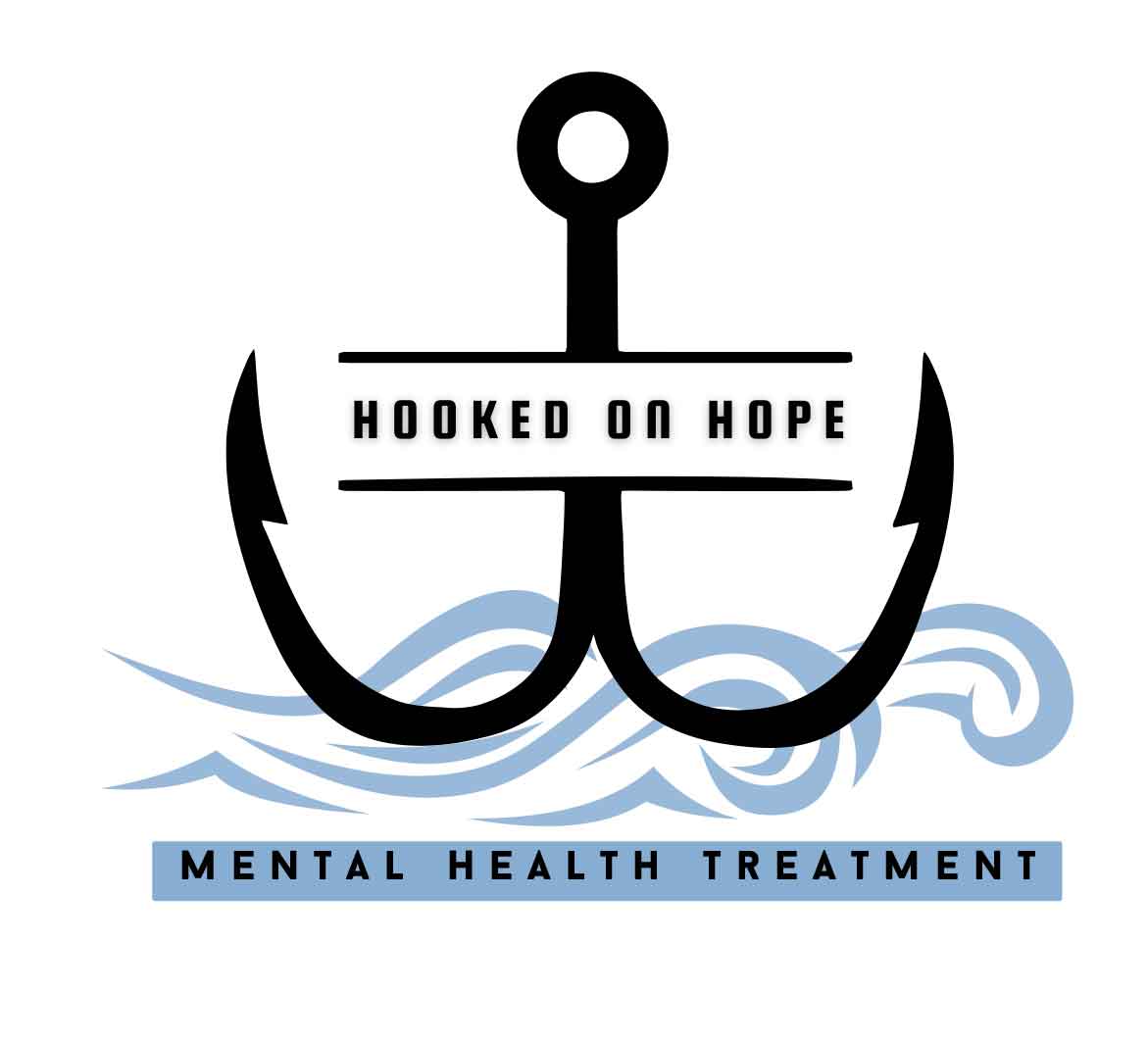For many, being self-reliant is a source of pride and strength. Yet, for others, this reliance on oneself crosses a line into a deep-seated fear of needing others. This is known as hyper-independence, a powerful psychological state where a person avoids relying on anyone for support, help, or emotional intimacy. This intense need for autonomy often stems from past trauma, leading to a pervasive belief that leaning on others is unsafe or unwise. This article explores the roots of this coping mechanism, examining its impact on mental health and relationships, and offering guidance on how to begin the healing process from this deeply ingrained trauma response.
What Is Hyper-Independence?
Hyperindependence is a state of extreme self-reliance where an individual goes to great lengths to avoid asking for or receiving help. This goes beyond healthy independence; it is a compulsive drive to handle every aspect of life alone, from practical problems to emotional challenges. This coping mechanism can make a person resistant to delegating tasks, sharing vulnerabilities, or even accepting simple acts of kindness, as their primary focus is on being entirely self-sufficient. While a self reliant attitude is typically viewed as a positive trait, hyper independence is often born from a place of fear and mistrust, making it a barrier to forming healthy, supportive connections with others.
What Causes Hyper-Independence?
The roots of a hyper independent mindset are almost always found in various forms of trauma. When a person is hyper-Independence, it can stem from previous experiences such as childhood trauma, neglect, or abuse that led them to feel unsafe or that their needs would not be met by others. This can be the result of a parent or caregiver who was emotionally or physically absent, unreliable, or even a source of harm. Over time, the child learns that the only person they can count on is themselves. This belief system is carried into adulthood, where it manifests as an intense drive to be completely autonomous in every situation, as a way to protect against the possibility of future hurt or disappointment.
Hyper-Independence vs. Hypervigilance
Hypervigilance and hyper-independence are both common trauma responses, but they manifest in different ways. The primary distinction is that hypervigilance is an involuntary, subconscious state where a person’s nervous system is constantly on high alert for perceived threats. It’s a perpetual, exhausting state of scanning the environment for danger.
In contrast, hyper-independence is a conscious, intentional behavior. It’s a deliberate choice not to rely on others for help, support, or emotional comfort. This mindset is often a direct result of past experiences where trusting others led to pain or disappointment. While both responses can exist simultaneously in a person, hypervigilance is a physical and mental state, whereas hyper-independence is a behavioral strategy.
What Causes a Trauma Response?
A trauma response is a deeply ingrained emotional and physical reaction to a distressing or life-threatening event. Traumatic events can range from physical assaults, accidents, and natural disasters to chronic emotional abuse, neglect, or discrimination. The common thread is that they damage a person’s fundamental sense of safety.
When trauma occurs, the brain and body enter survival mode, triggering the “fight, flight, or freeze” response. For many people, their nervous system gets stuck in this state of high alert even after the danger has passed. This can lead to conditions like post-traumatic stress disorder (PTSD), where distressing thoughts and feelings resurface in response to triggers. In turn, this constant state of perceived danger can lead young adults who have experienced trauma to develop maladaptive behaviors, such as hyper-independence, as a way to feel safe and in control.
The Impact of Hyper-Independence on Mental Health
Although hyper-independence can provide a sense of short-term relief by avoiding the vulnerability of relying on others, its long-term effects can be detrimental. This coping mechanism can worsen existing mental health challenges and create a negative cycle of isolation and distress.
A 2022 study found that childhood trauma victims often experience depression, anxiety, and low self-esteem. They may also turn to substance use as a form of self-medication to cope with unprocessed traumatic feelings. Furthermore, another multi-decade study following children into adulthood confirmed that childhood trauma is linked to an elevated risk for various psychiatric disorders that negatively impact a person’s health, relationships, and success. Hyper-independence amplifies these issues by preventing the person from building a support system, leading to increased feelings of loneliness, anxiety, and a higher risk of maladaptive coping mechanisms like self-harm.
The Spectrum of Independence: When is Self-Reliance Unhealthy?
While being self-reliant is a vital skill for personal growth and success, there is a clear distinction between a healthy sense of autonomy and the rigidity of hyper-independence. A healthy, independent person enjoys their personal space and time, but is also able to build strong, reciprocal relationships. They understand that it’s a sign of strength, not weakness, to ask for help when they need it, whether it’s for emotional support or a practical task. In contrast, hyper independence is characterized by a refusal to ask for help even when it’s desperately needed, and an intense fear of vulnerability. It creates a one-person emotional fortress, making true intimacy and partnership almost impossible. This is a crucial difference to understand, as many people may confuse their hyper independent behaviors with a positive, strong personality trait.
Is Hyper-Independence Bad?
Being independent is a great thing. However, hyper-independence can have a negative impact on a person’s relationships and well-being. This intense hyperindependence often leads to emotional distance, making it difficult to build trust and communicate openly with others. For a hyper independent person, a shared problem is often seen as a burden they must carry alone, rather than an opportunity for collaboration and connection. This can lead to significant burnout, stress, and anxiety, as they feel they are solely responsible for solving all of life’s problems. The refusal to accept help can make others feel rejected or unimportant, creating a cycle of isolation and loneliness. Because it is often an ingrained survival mechanism, a person may be unaware of its negative effects until their relationships or mental health begin to suffer.
The Connection Between Hyper-Independence and Toxic Independence
When the drive to be self-reliant becomes a self-destructive pattern, it can be described as toxic independence. This is a term that refers to the extreme end of the spectrum where an individual’s inability to accept help or rely on others actively harms their well-being. A person exhibiting toxic independence may refuse to seek medical care, avoid therapeutic support, or even neglect their own emotional needs, all in the name of handling everything themselves. This behavior is incredibly damaging because it closes off all avenues of support, leaving the person to deal with their mental, emotional, and physical health challenges in complete isolation. Unlike healthy independence, which empowers an individual, toxic independence traps them in a cycle of self-imposed solitude and suffering.
What Are the Benefits of Hyper-Independence?
While the long-term effects are often negative, hyperindependence does serve a purpose. In some cases, it acts as a way for an individual to protect themselves and maintain their safety. If they have had past relationships that were unhealthy, abusive, or unsafe, being hyper independent may help them create emotional distance and protect themselves from further harm. In these situations, the behavior is a learned survival strategy. However, even in these instances, it is important for the hyper independent individual to know that they are not alone and that there are safe people and resources available to help and support them as they heal.
What Is an Example of Hyper-Independence?
A clear example of what is hyper independence is when a person feels the need to be completely self-reliant in every aspect of their life and shows a strong resistance to asking for help. For instance, if a person were to have a debilitating illness, a hyper independent individual would likely refuse to let friends or family bring them food, clean their home, or even drive them to doctor’s appointments. Even when facing a significant mental or emotional challenge, they will not reach out for support, believing that they must deal with it entirely on their own. This behavior is distinct from simply enjoying one’s solitude; the core driver is a compulsion to avoid vulnerability at all costs.
What Are Signs of Hyper-Independence?
Some of the common signs of hyper-independence can include:
- Mistrust in others: A deep-seated belief that people will eventually let them down.
- Perfectionism: A feeling that they must do everything themselves to ensure it’s done correctly.
- Avoiding dependence on others: A refusal to rely on others for anything, no matter how small.
- Little to no close relationships: Difficulty forming genuine, intimate connections.
- Refusal to ask for help: A core principle of their life, even when they are struggling.
- Anxiety and depression: A result of carrying the emotional weight of the world on their own.
- Taking on too many responsibilities: An inability to delegate tasks.
- Stress and burnout: The natural consequence of an unsustainable workload.
- Difficulties in relationships: The inability to connect on a deeper, more vulnerable level.
Hyper Independence Trauma Response
The link between hyper independence trauma is well-documented in psychological research. An individual develops this mindset as an unconscious defense mechanism to a traumatic experience. This is what is known as a hyper independence trauma response. If a person grew up in an environment where their physical or emotional safety was at risk, or where their needs were consistently neglected by caregivers, they learned that relying on others was not a safe option. The emotional impact of this can be profound, as they carry a learned distrust of others, a belief that they are fundamentally alone, and an intense fear of vulnerability. This trauma response becomes a blueprint for all future relationships, making it difficult to trust and connect even with people who have proven themselves to be safe and reliable.
How to Help Someone With Hyper-Independence
If you have a loved one who exhibits hyperindependence, helping them can be a challenge. The key is to build trust over time without being overwhelming. You can help by checking in on them and letting them know you are there to support them when they need it, rather than insisting on helping. You can also try to ask them how you can be supportive, as everyone’s needs are different. Being patient, consistent, and respectful of their boundaries goes a long way. Ultimately, healing from hyper-independence often requires professional help to address the underlying trauma.
Overcoming Hyper-Independence
Treating hyper-independence involves addressing its root cause. Because it is often triggered as a trauma response, effective treatment means addressing the underlying stress or past trauma. This usually involves therapy, where an individual can safely explore their past experiences and learn new, healthier coping mechanisms.
- Cognitive Behavioral Therapy (CBT): This is one of the most common forms of psychotherapy used to help individuals get to the root cause of their problems and restructure their thoughts and behaviors. It can help an individual challenge the belief that they cannot trust others and are undeserving of support.
- Trauma-Focused Therapies: These therapies, such as Trauma-Focused CBT, are specifically designed to help individuals process and heal from traumatic experiences, which is often the source of this behavior.
Other ways to manage hyper-independence outside of therapy can include practicing self-care, learning how to be vulnerable with safe people, and engaging in self-reflection to better understand the emotional triggers behind the behavior.
A Path to Healing at Hooked on Hope Mental Health
Overcoming a hyper independent mindset is a journey that requires courage and support. It can be a difficult process to navigate alone, especially when your core belief is that you shouldn’t need anyone. At Hooked on Hope Mental Health, we understand that healing from trauma and its long-term effects is a deeply personal process. We offer compassionate and effective outpatient mental health treatment in Atlanta, providing a safe and supportive environment for you to explore the root causes of your hyper-independence and learn to build healthier, more trusting relationships with others. Our licensed therapists are here to guide you, offering a space where you can begin to heal and learn that it is okay to ask for help.
Take the First Step Toward Healing
If you are ready to begin the journey toward healing from hyper-independence, the team at Hooked on Hope Mental Health is here to help. Contact us at 470-287-1927 or fill out our online contact form today to learn more about our outpatient programs and discover a path to a more balanced and connected life.
Hyper Independence Frequently Asked Questions
What is hyper independence?
Hyper independence is a compulsive need to be completely self reliant and avoid asking for or accepting help from others. It’s often a coping mechanism that stems from past trauma.
Is hyper independence a trauma response?
Yes, hyper independence can be a powerful trauma response. Individuals who have experienced abuse or neglect may learn to rely solely on themselves for safety, a belief that carries into adulthood and manifests as a refusal to be dependent on others.
What is toxic independence?
Toxic independence is the extreme end of hyperindependence where an individual’s refusal to accept help becomes self-destructive, leading to isolation and preventing them from seeking necessary support for their mental, emotional, or physical health.
What is hyper independence trauma?
Hyper independence trauma refers to the link between a traumatic event, such as childhood neglect or abuse, and the development of a hyper-independent personality. The individual adopts a hyper-independent mindset as a defense mechanism to avoid being hurt or disappointed by others in the future.
How does hyper-independence affect relationships?
Hyper-independence can negatively impact relationships by creating emotional distance, a lack of trust, and an inability to be vulnerable. This can make it difficult for an individual to form deep, intimate connections with others.
Is hyper-independence a mental illness?
No, hyper-independence is not a formal mental illness or psychiatric diagnosis. It is, however, a coping mechanism or a symptom that can be associated with past trauma, anxiety, or other mental health conditions.







